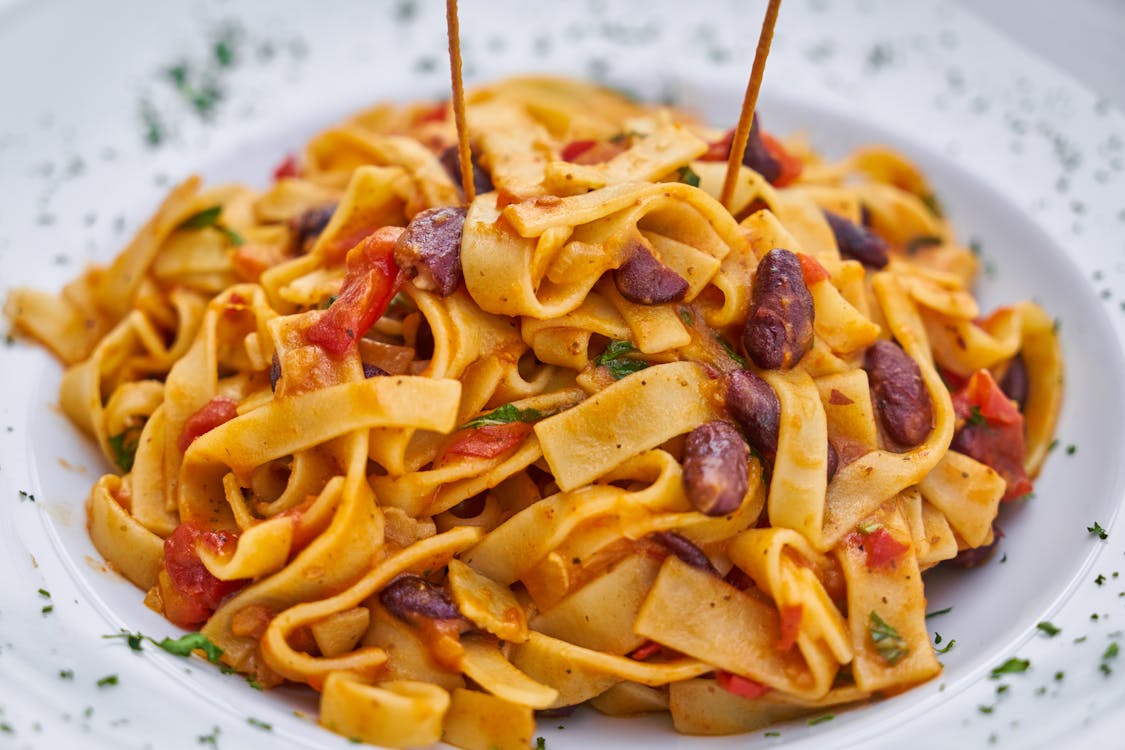How to Make Authentic Italian Pasta from Scratch
There's something undeniably special about homemade pasta. The texture, the flavor, and the satisfaction of creating something from scratch all come together to make a dish that is truly authentic. Whether you're a seasoned cook or a kitchen novice, making pasta from scratch is a rewarding and enjoyable experience. In this guide, we'll walk you through the steps to create authentic Italian pasta, ensuring you capture the essence of traditional Italian cuisine.
Ingredients You'll Need
To make authentic Italian pasta, you need just a few simple ingredients:
- 2 cups of all-purpose flour
- 3 large eggs
- A pinch of salt
- A splash of olive oil (optional)
Step-by-Step Guide
Step 1: Preparing the Dough

- Forming the Flour Well: Start by sifting your flour onto a clean work surface. Create a well in the center of the flour, making it look like a small volcano.
- Adding Eggs and Salt: Crack the eggs into the well and add a pinch of salt. If you prefer, add a splash of olive oil for extra richness.
- Mixing: Using a fork, gently beat the eggs and gradually start incorporating the flour from the edges of the well. Continue mixing until a dough begins to form.
- Kneading: Once the mixture is too thick to mix with a fork, start kneading the dough with your hands. Knead for about 10 minutes until the dough is smooth and elastic. If the dough is too sticky, add a little more flour; if it's too dry, add a bit of water.
- Resting the Dough: Wrap the dough in plastic wrap and let it rest at room temperature for at least 30 minutes. This step allows the gluten to relax and makes the dough easier to roll out.
Step 2: Rolling Out the Dough

- Dividing the Dough: Cut the dough into manageable pieces. A good rule of thumb is to divide it into quarters.
- Flattening: Flatten each piece slightly with your hands before using a rolling pin or a pasta machine. If using a rolling pin, roll the dough out on a floured surface until it's thin enough to see your hand through it. If using a pasta machine, start on the widest setting and gradually move to thinner settings.
- Cutting the Pasta: Once the dough is thin enough, you can cut it into your desired shape. For tagliatelle, roll the sheet of dough into a log and slice it into thin strips. For lasagna, cut it into large rectangles.
Step 3: Cooking the Pasta

- Boiling Water: Bring a large pot of salted water to a boil. Fresh pasta cooks much faster than dried pasta, usually taking just 2-3 minutes.
- Cooking: Gently add the pasta to the boiling water. Stir occasionally to prevent sticking.
- Draining: Once the pasta is al dente, drain it immediately. Reserve a cup of the pasta cooking water to help mix with your sauce.
Step 4: Serving Your Pasta

Now that your pasta is ready, it's time to pair it with a delicious sauce. Here are a few classic Italian options:
- Marinara Sauce: A simple tomato-based sauce with garlic, olive oil, and fresh basil.
- Carbonara: A creamy sauce made with eggs, cheese, pancetta, and black pepper.
- Pesto: A vibrant green sauce made from fresh basil, garlic, pine nuts, Parmesan cheese, and olive oil.
Tips for Perfect Pasta
- Use Quality Ingredients: The best pasta starts with the best ingredients. Use fresh, organic eggs and high-quality flour.
- Don't Rush the Resting: Allowing the dough to rest is crucial for achieving the right texture.
- Experiment with Flavors: Add finely chopped herbs or spinach to the dough for a flavorful twist.
Conclusion
Making authentic Italian pasta from scratch is more than just a cooking task; it's a journey into the heart of Italian cuisine. With simple ingredients and a bit of patience, you can create pasta that is delicious and genuinely homemade. Enjoy the process, and Buon Appetito!

 Cricket Score Counter
Cricket Score Counter Heads or Tails
Heads or Tails
You have not logged in, please Login to comment.